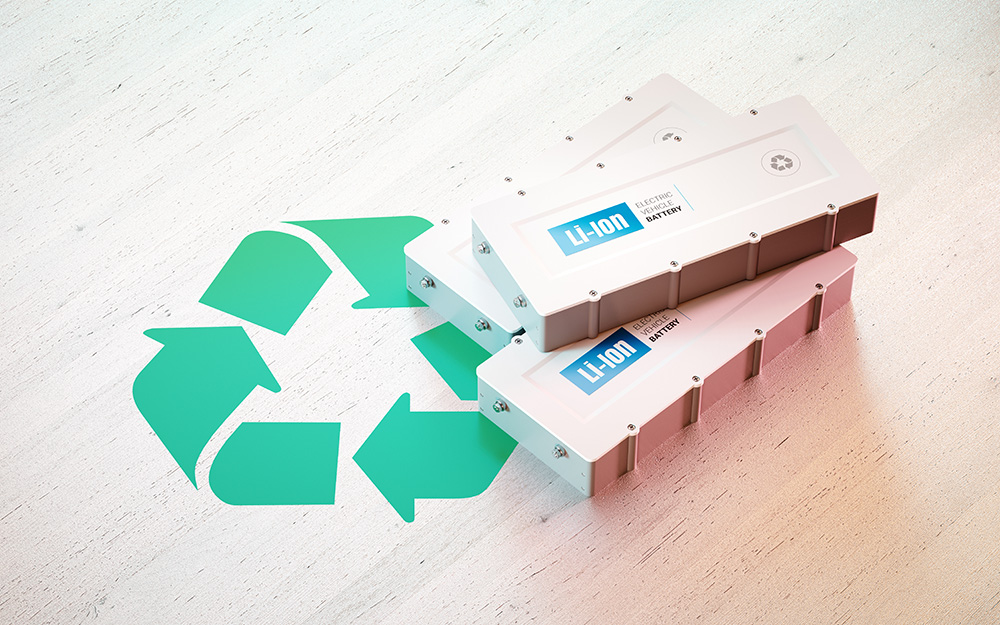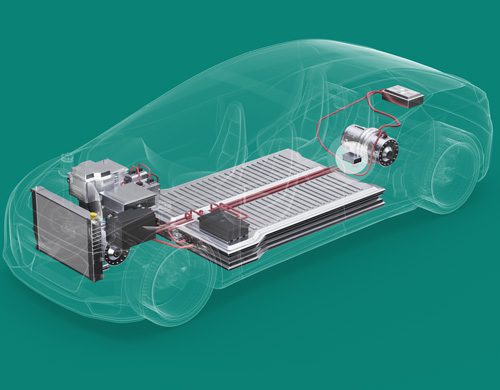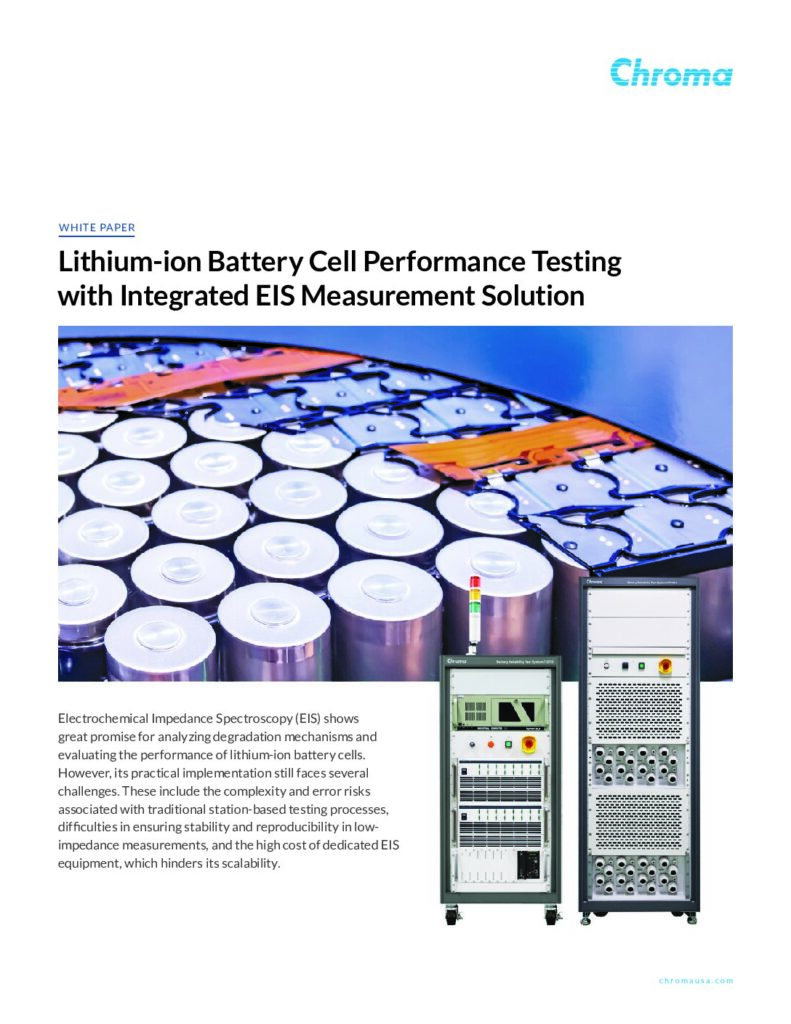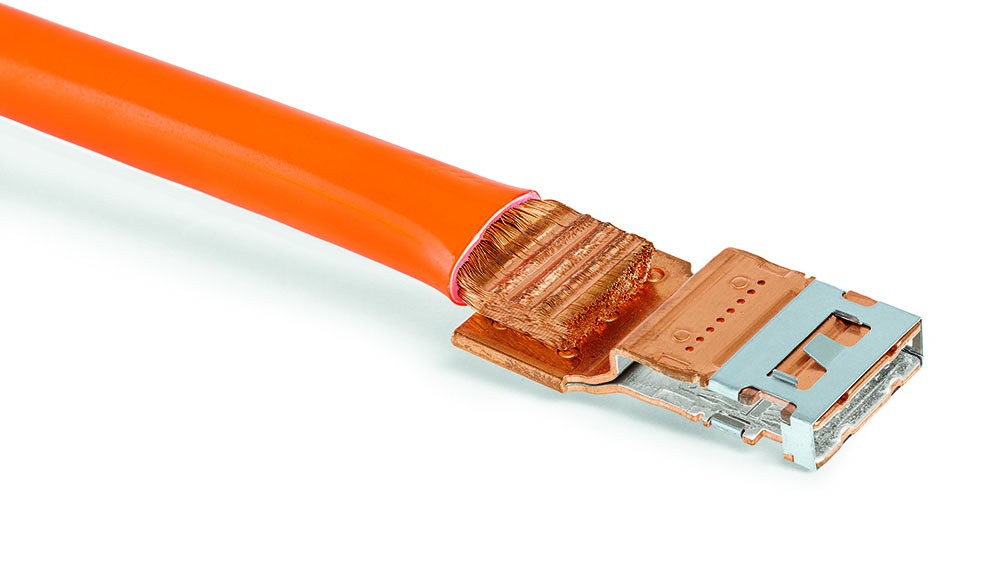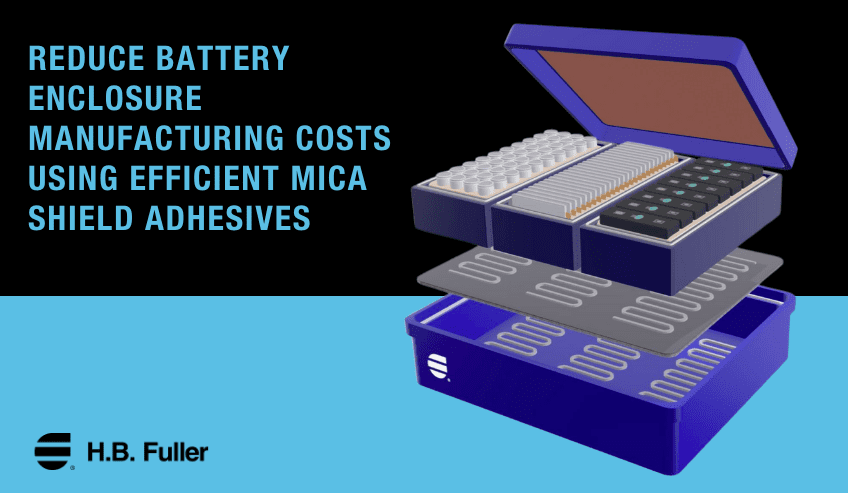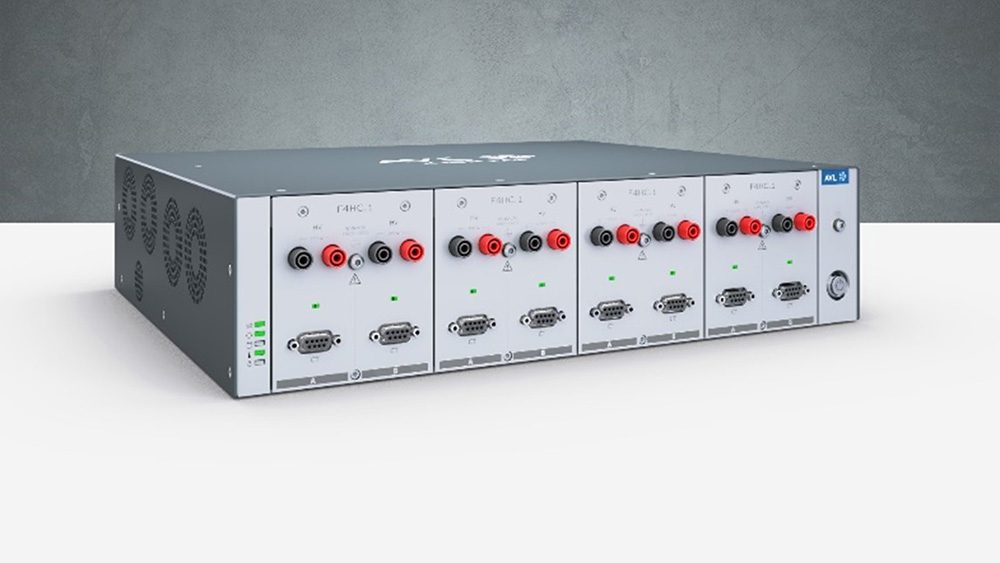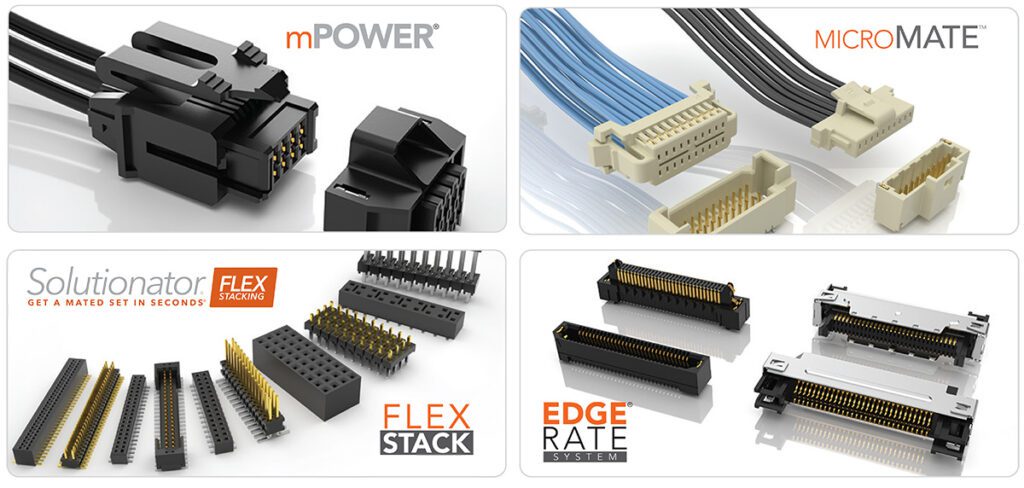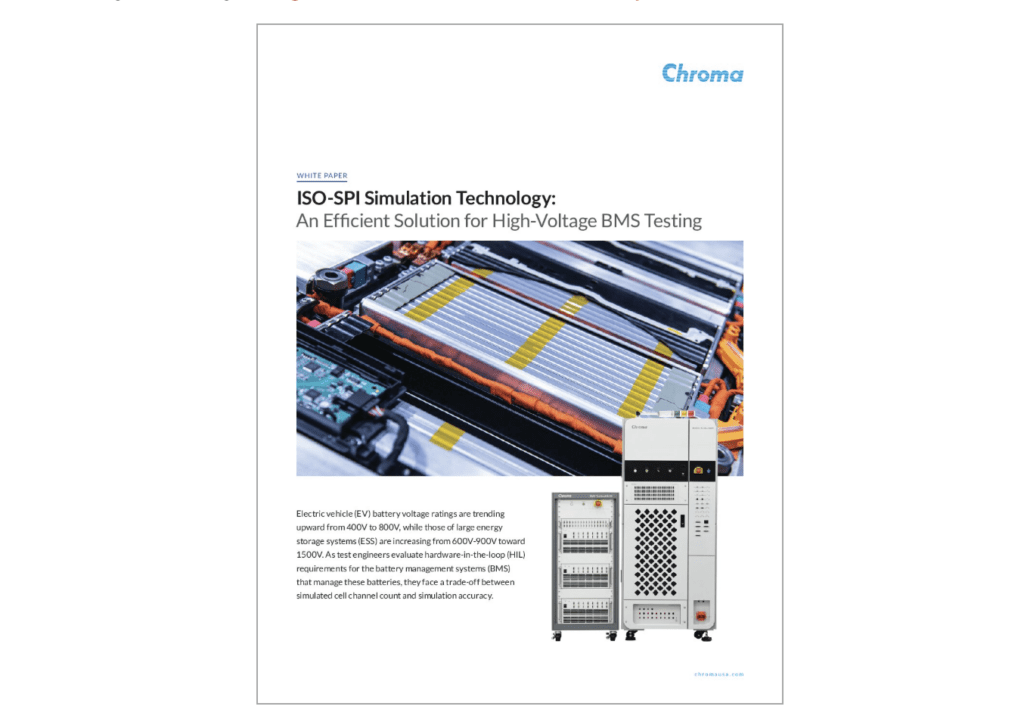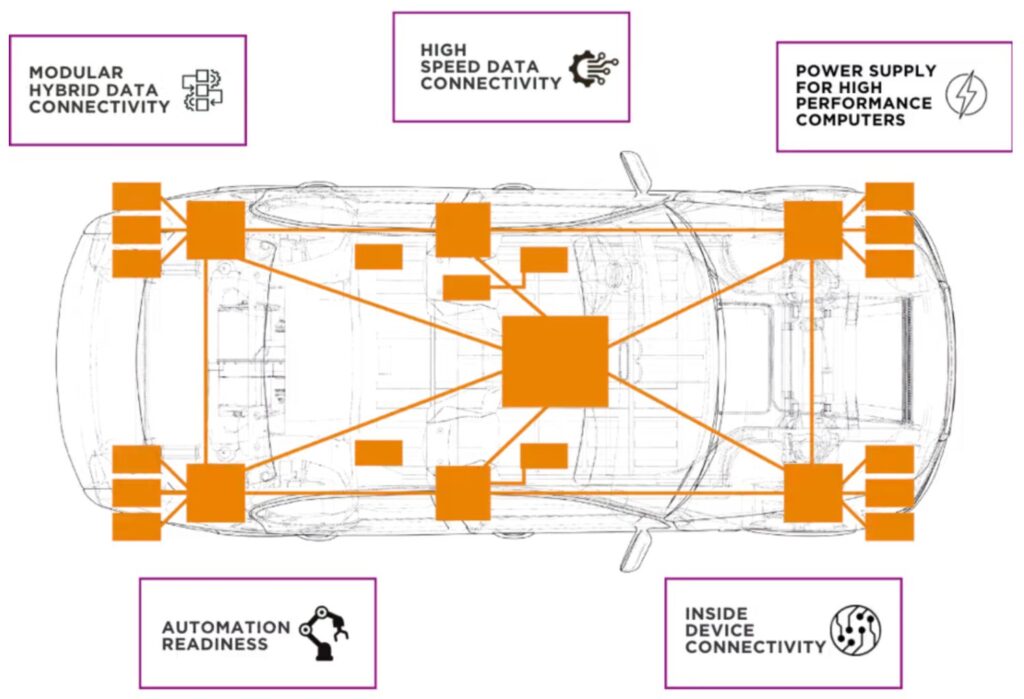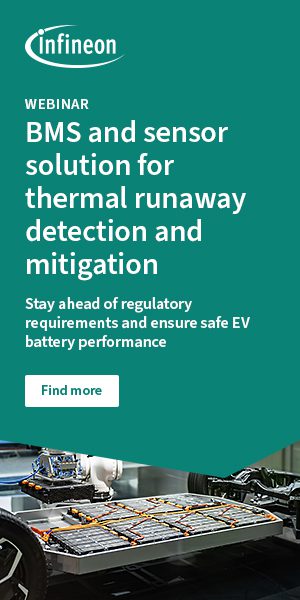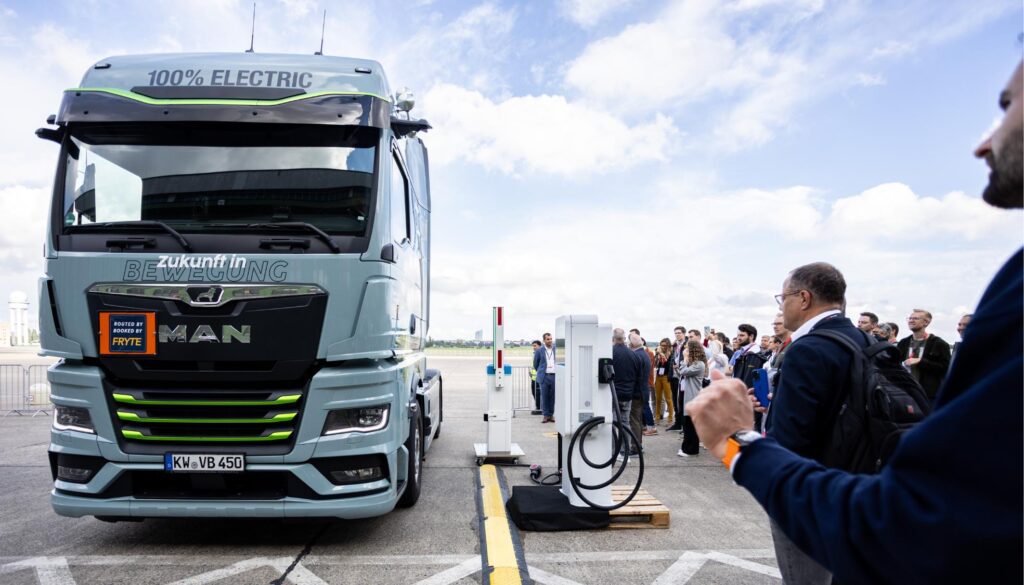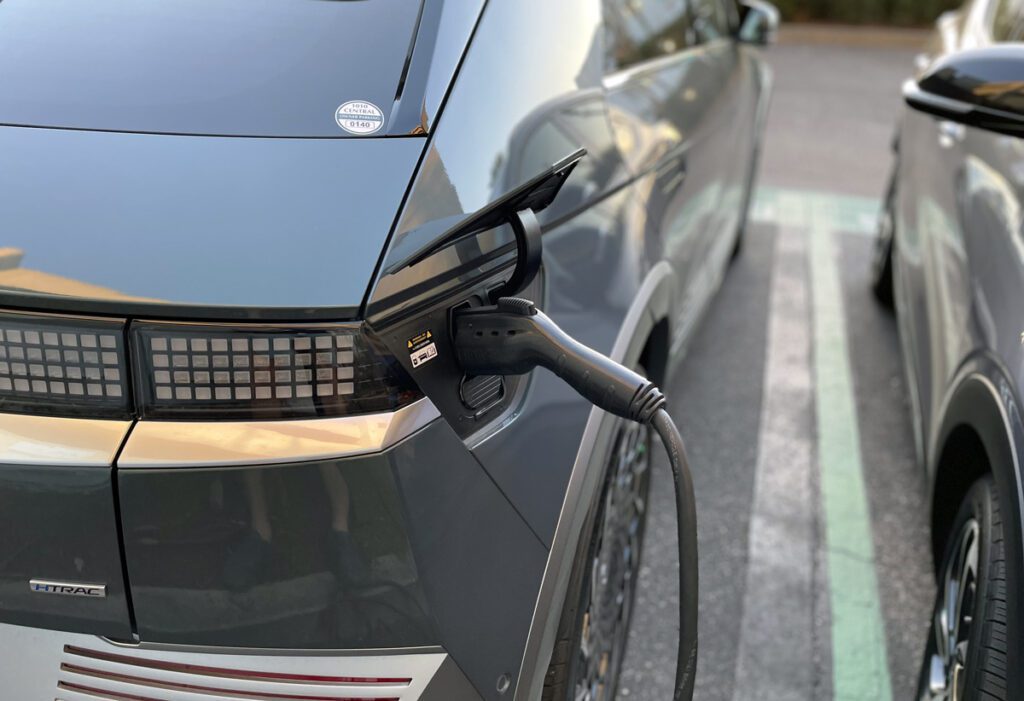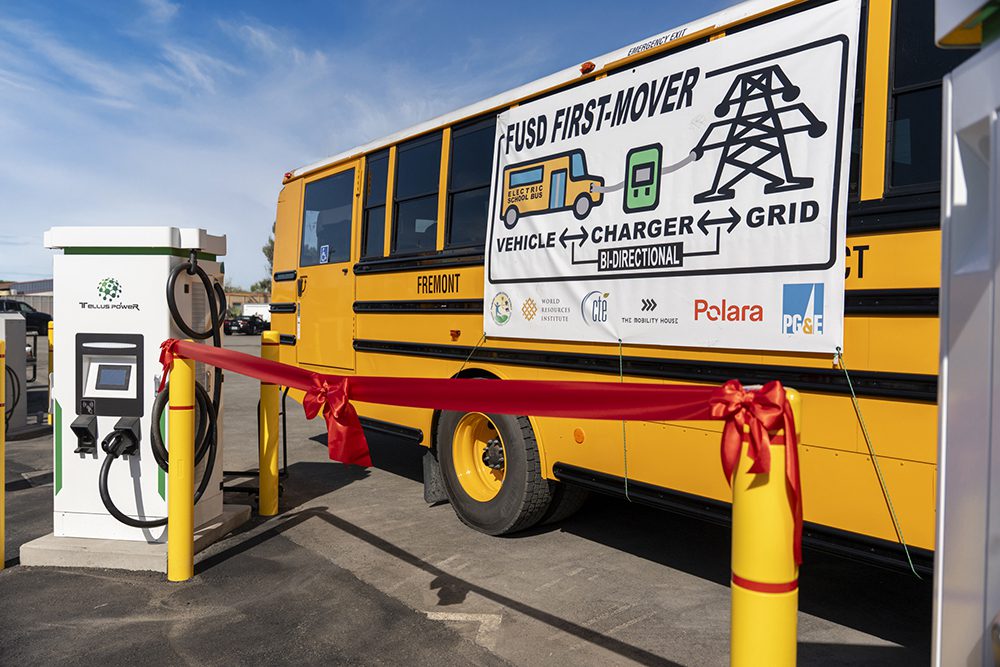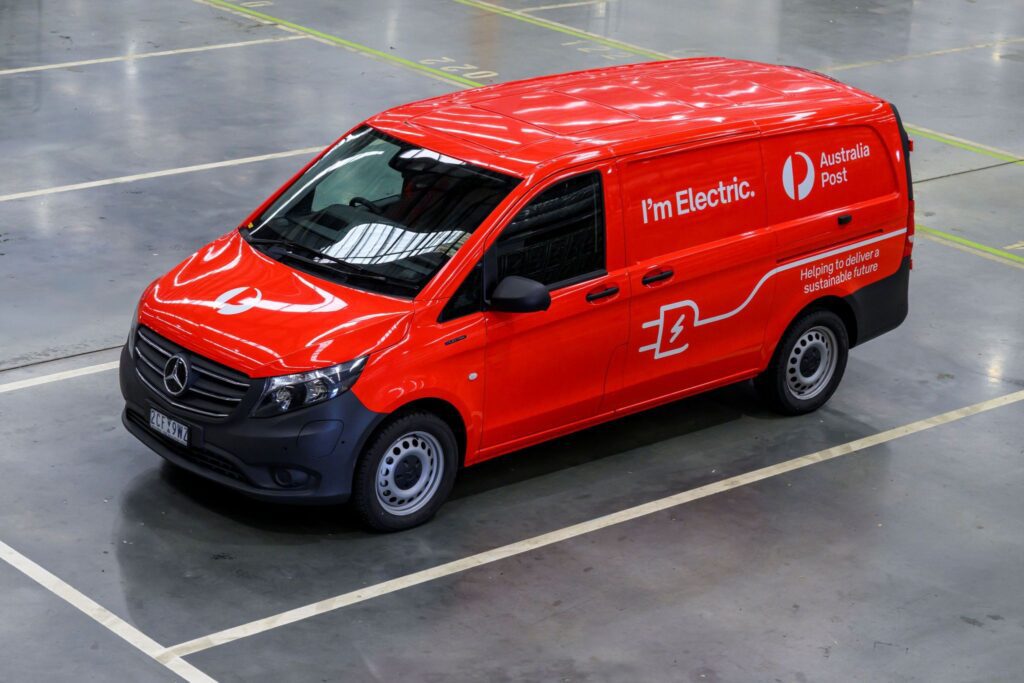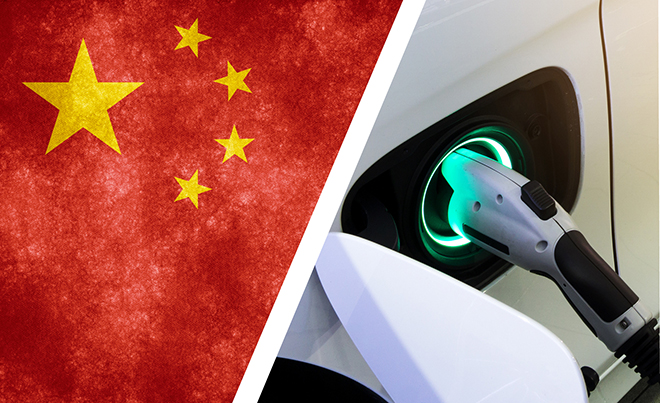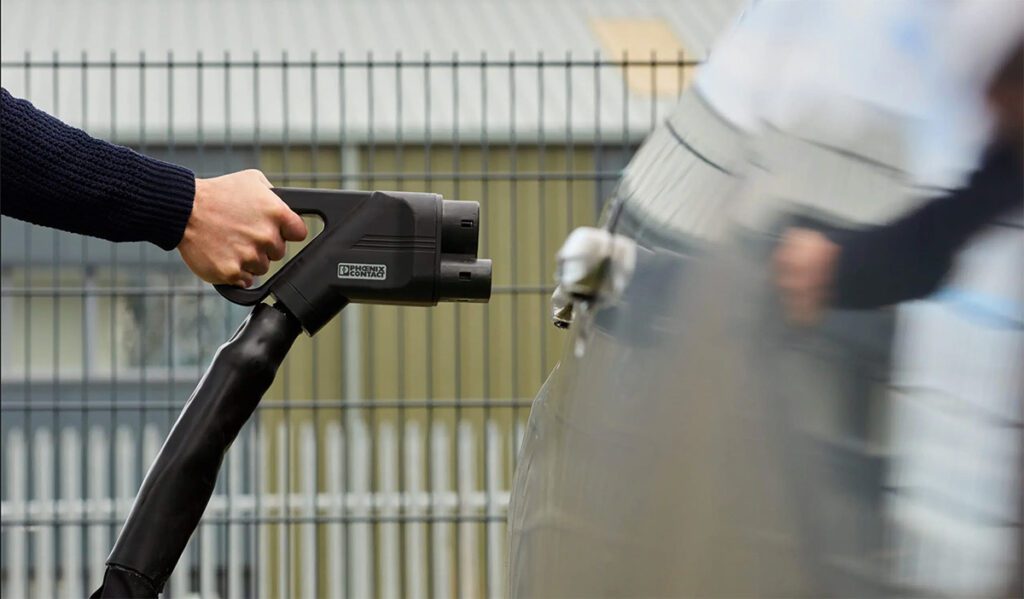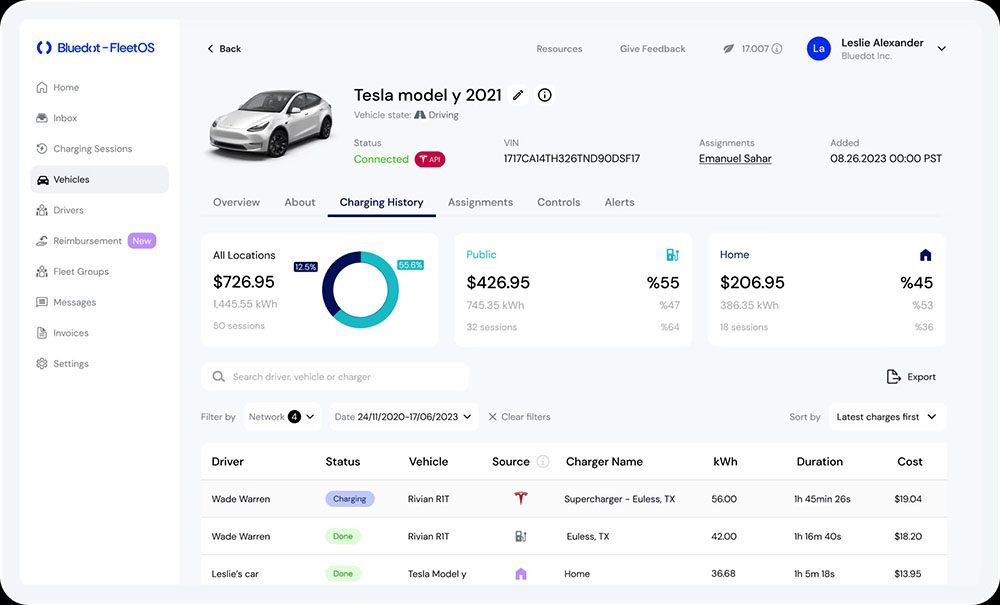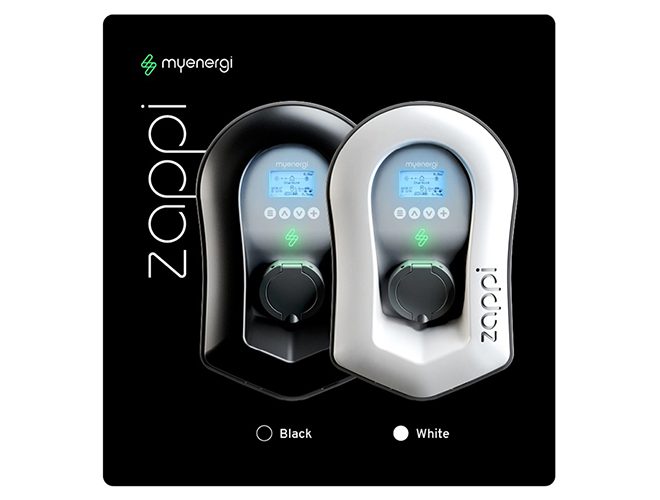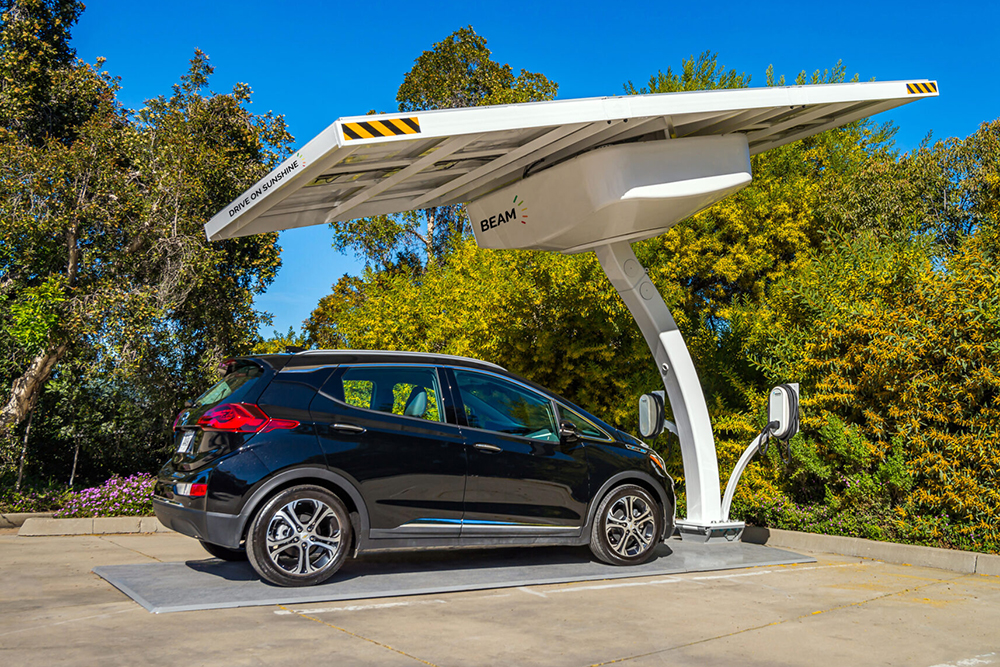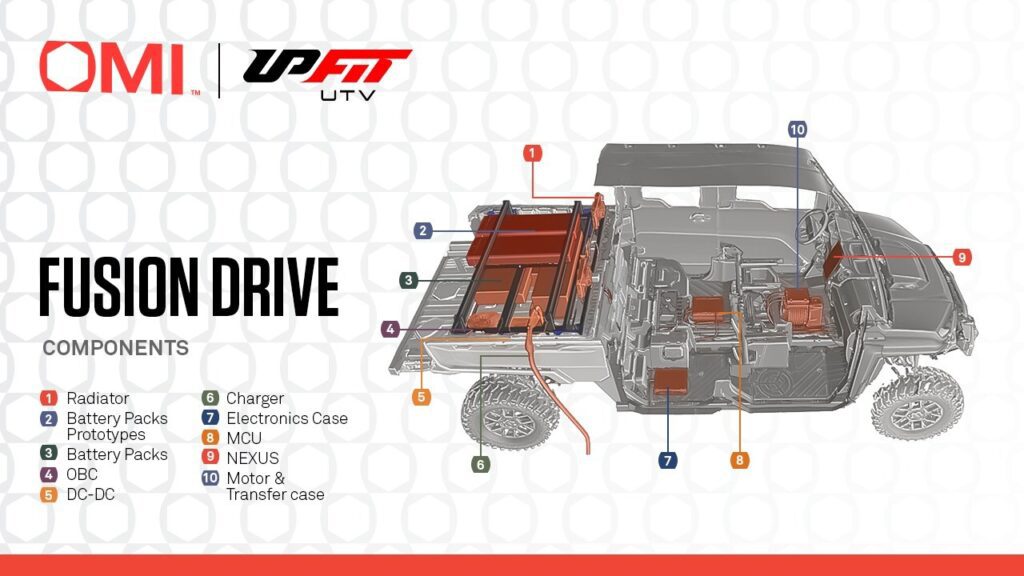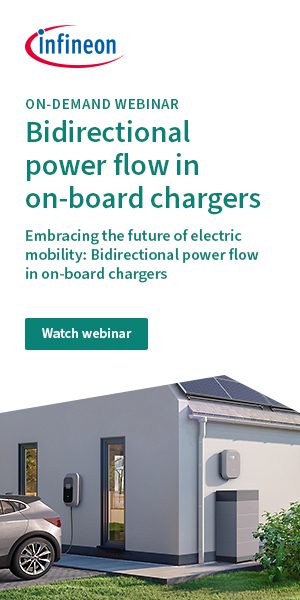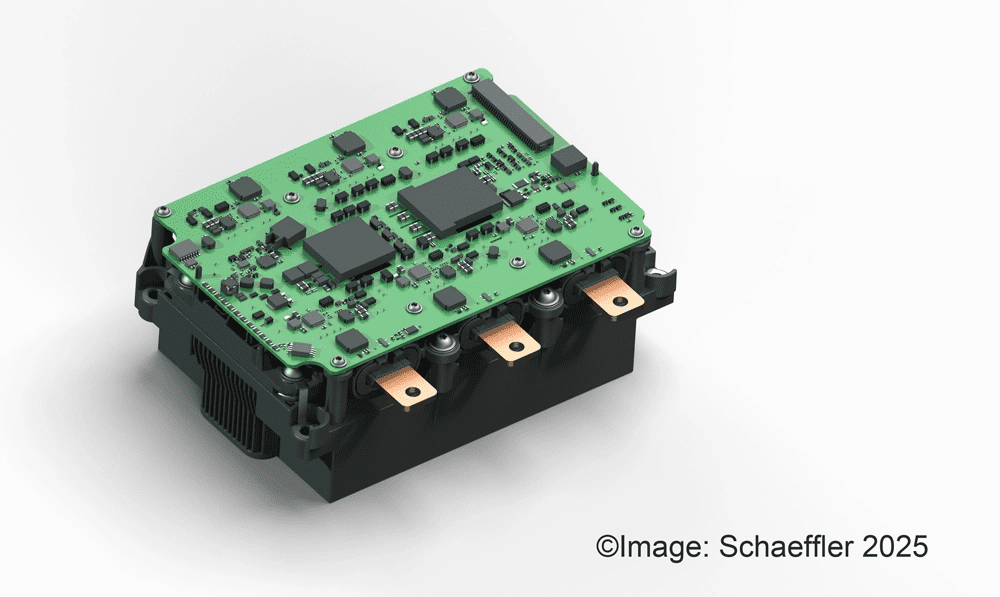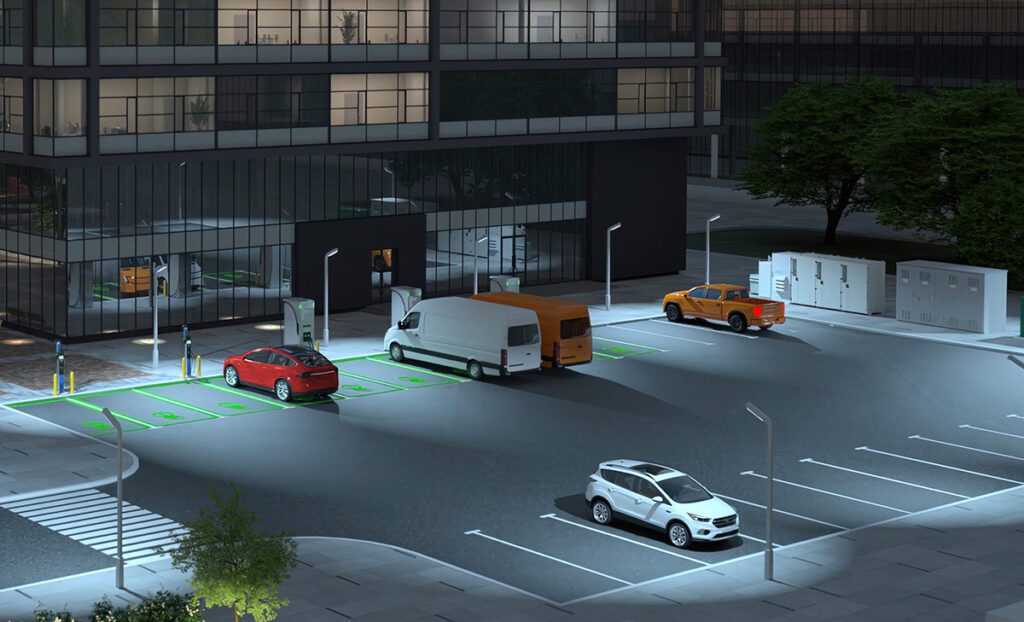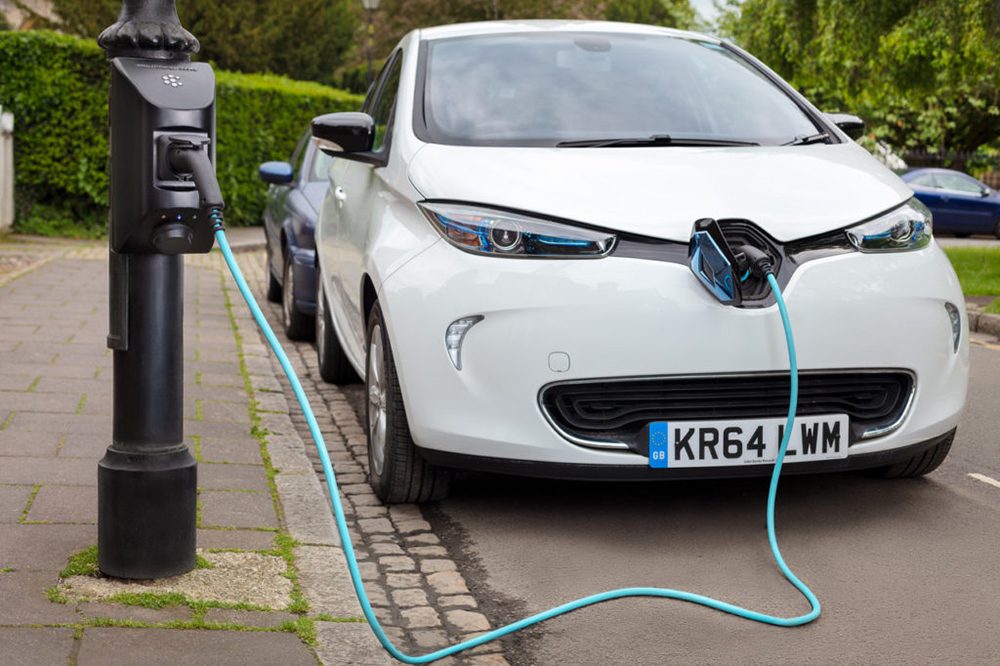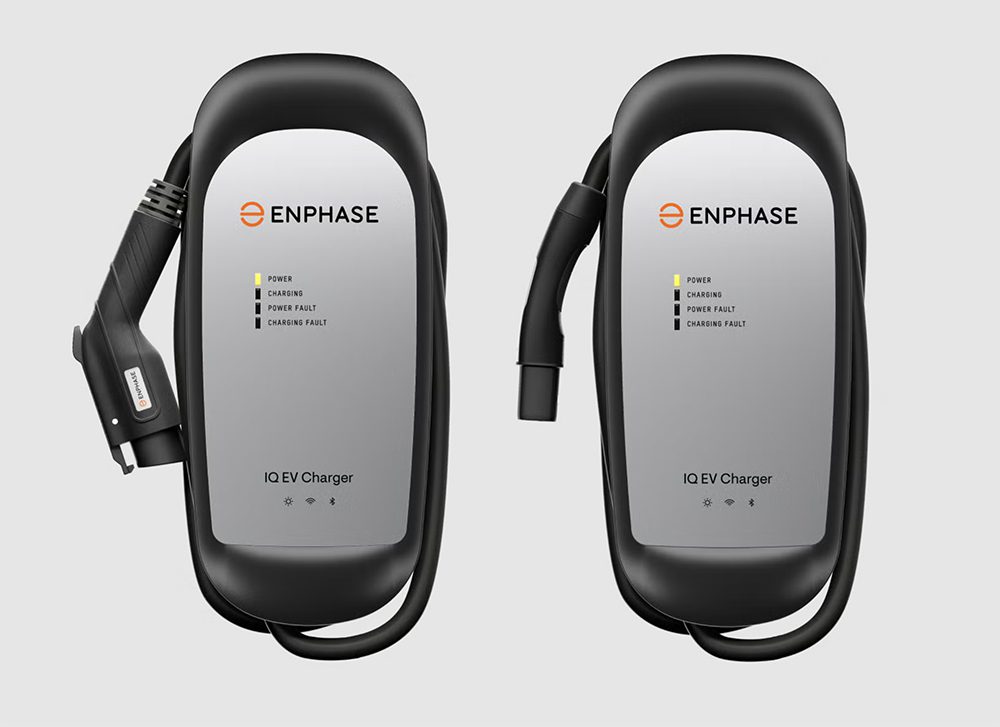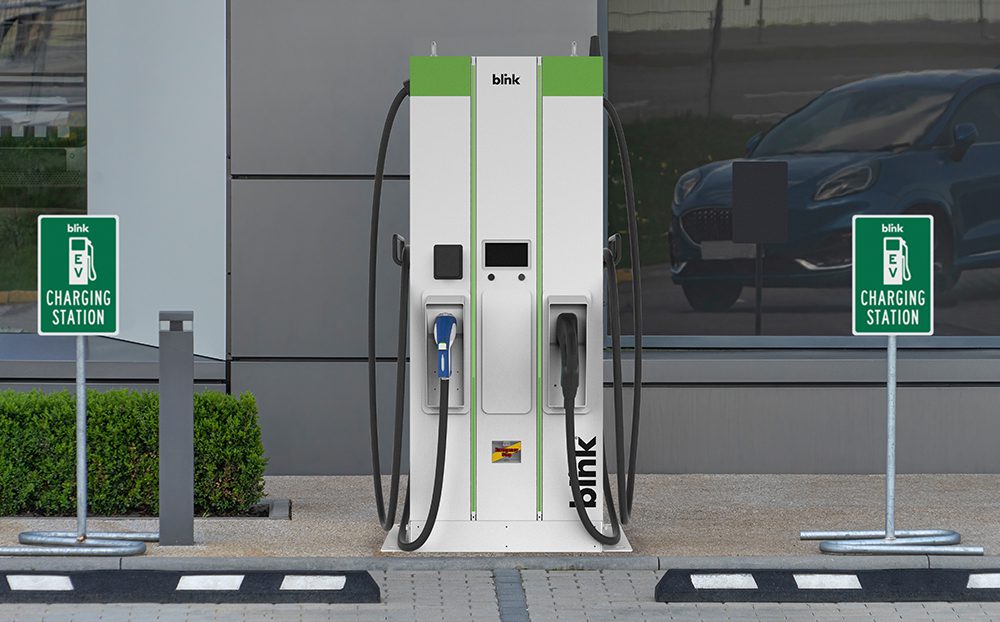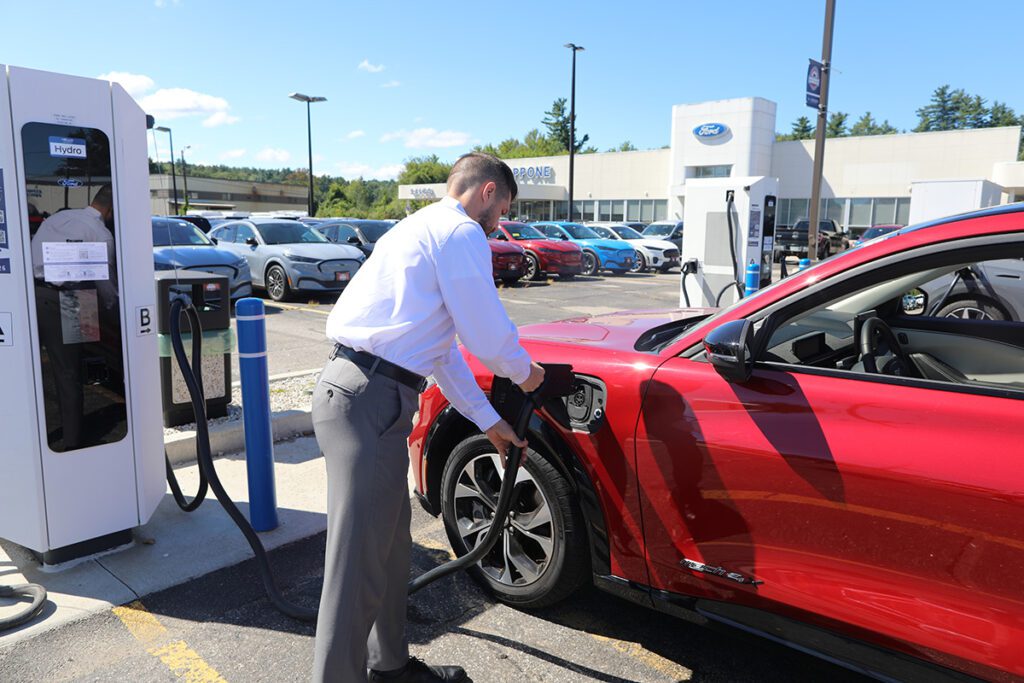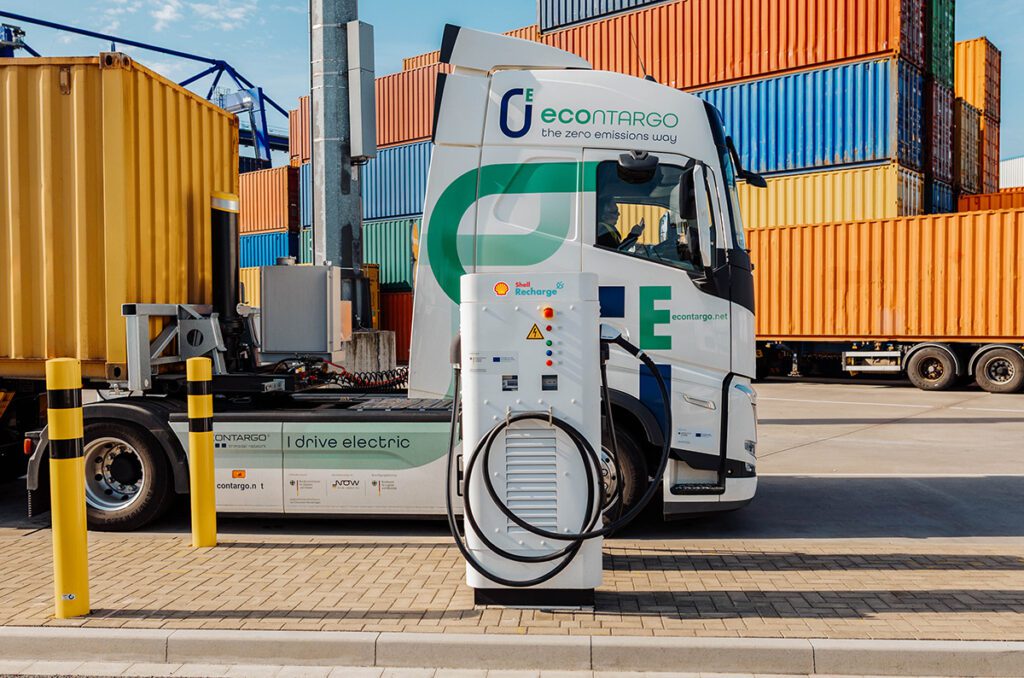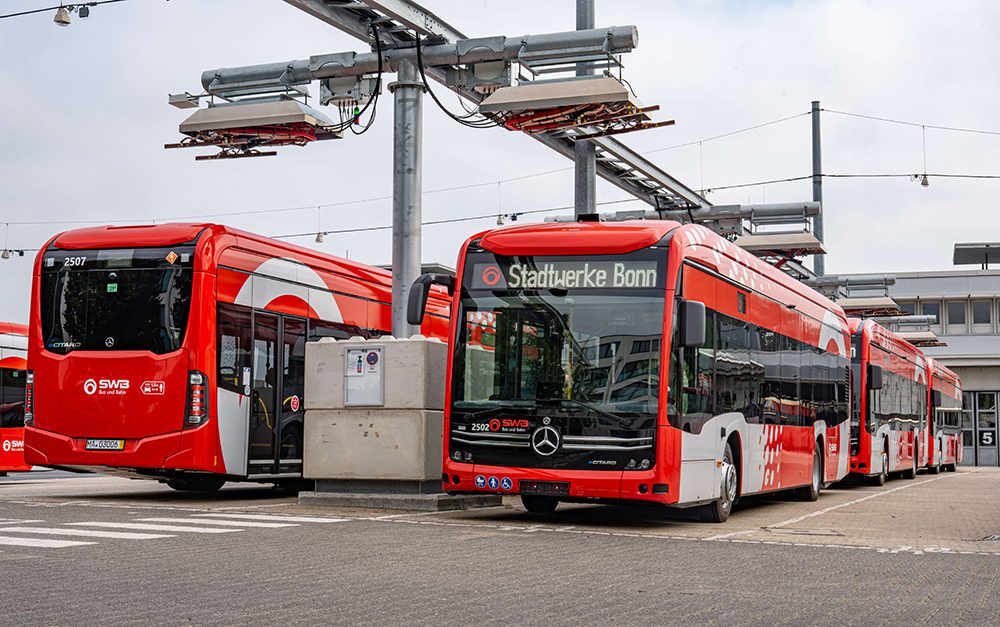The anti-EV crowd is fond of stating that EV batteries “can’t be recycled.” If they read Charged on a regular basis, they would learn that EV batteries are in fact being recycled around the world by a growing number of companies. Lithium-ion batteries contain valuable minerals such as nickel and cobalt, so they’re no more likely to end up in a landfill than is gold jewelry.
However, trends in the battery industry are making recycling less economically attractive in some cases, as Smartville CEO Antoni Tong recently explained to Charged (see the in-depth interview in our next issue). Automakers are relying more on alternative chemistries that use far less of the problematic but valuable minerals.
“The earlier batteries with high nickel, manganese and cobalt content fetch a better price, but batteries are not made this way nowadays,” Tong told us. “Very low nickel and cobalt contents today. The iron phosphate cells, they are basically iron and rust and some lithium. Those actually carry a cost to the end owner.”
This doesn’t mean that the batteries won’t be recycled. Automakers expect that, sooner or later, regulations in both the US and EU will require them to pay for recycling. “It’s not a problem for OEMs today because they are not responsible for those packs,” says Tong. “But once they do become liable for those costs, that’s a great financial incentive to find a responsible yet cost-effective end-of-life solution. And I hope at that time, reuse becomes a solution before recycling.”
And that’s where Mr. Tong’s company comes in—the new Smartville 360 ESS is a plug-and-play energy storage system that can use repurposed EV battery packs of all different types, from different vehicle brands. Smartville is working with several OEMs to prepare for the day that they’ll be required to support second-life batteries.
“Generally, OEMs don’t want to comply unless there is a strong financial incentive,” Tong told us. “What I see is not only the risk of future policies, but also other financial incentives. Battery pack chemistries are moving toward low-cost, low-supply-risk raw materials, and the OEMs might see little to negative value in recycling only, meaning that they have more costs on their hands for end-of-life batteries. So hopefully, it’s a mix of policy push and financial incentives to drive to a reuse-and-recycle model.”
“Our business model is not in competition with recycling,” Tong explains. “We are in a complementary position with recycling, because we and the recycling entities are using very similar processes of logistics, shipping and procurement. The batteries have to come out of the vehicles, have to be sorted, have to be transported. But if we can pick the batteries that are usable for us, the cost to the recycler for procuring the rejected batteries will be lower. At the same time, when we triage large quantities of batteries for repurposing, we make it easier for those end-of-life batteries eventually to get to the door of the recycling plant.”







